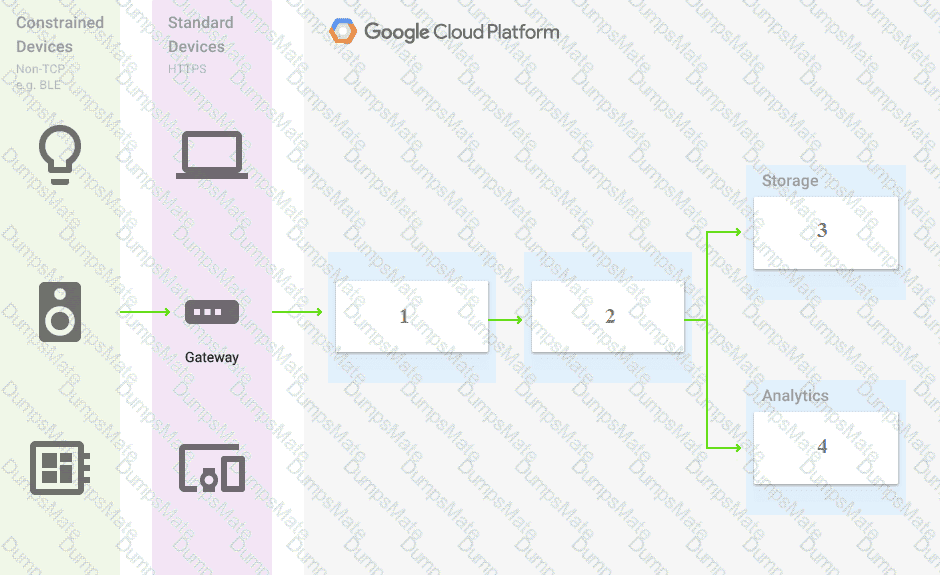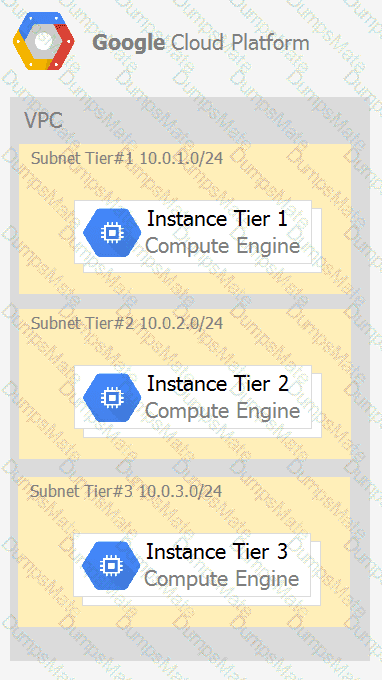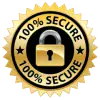Navigate to Stackdriver Logging and select resource.labels.project_id=*. is not right.
Log entries are held in Stackdriver Logging for a limited time known as the retention period which is 30 days (default configuration). After that, the entries are deleted. To keep log entries longer, you need to export them outside of Stackdriver Logging by configuring log sinks.
Ref: https://cloud.google.com/blog/products/gcp/best-practices-for-working-with-google-cloud-audit-logging
Configure a Cloud Scheduler job to read from Stackdriver and store the logs in BigQuery. Configure the table expiration to 60 days. is not right.
While this works, it makes no sense to use Cloud Scheduler job to read from Stackdriver and store the logs in BigQuery when Google provides a feature (export sinks) that does exactly the same thing and works out of the box.
Ref: https://cloud.google.com/logging/docs/export/configure_export_v2
Create a Stackdriver Logging Export with a Sink destination to Cloud Storage. Create a lifecycle rule to delete objects after 60 days. is not right.
You can export logs by creating one or more sinks that include a logs query and an export destination. Supported destinations for exported log entries are Cloud Storage, BigQuery, and Pub/Sub.
Ref: https://cloud.google.com/logging/docs/export/configure_export_v2
Sinks are limited to exporting log entries from the exact resource in which the sink was created: a Google Cloud project, organization, folder, or billing account. If it makes it easier to exporting from all projects of an organication, you can create an aggregated sink that can export log entries from all the projects, folders, and billing accounts of a Google Cloud organization.
Ref: https://cloud.google.com/logging/docs/export/aggregated_sinks
Either way, we now have the data in Cloud Storage, but querying logs information from Cloud Storage is harder than Querying information from BigQuery dataset. For this reason, we should prefer Big Query over Cloud Storage.
Create a Stackdriver Logging Export with a Sink destination to a BigQuery dataset. Configure the table expiration to 60 days. is the right answer.
You can export logs by creating one or more sinks that include a logs query and an export destination. Supported destinations for exported log entries are Cloud Storage, BigQuery, and Pub/Sub.
Ref: https://cloud.google.com/logging/docs/export/configure_export_v2
Sinks are limited to exporting log entries from the exact resource in which the sink was created: a Google Cloud project, organization, folder, or billing account. If it makes it easier to exporting from all projects of an organication, you can create an aggregated sink that can export log entries from all the projects, folders, and billing accounts of a Google Cloud organization.
Ref: https://cloud.google.com/logging/docs/export/aggregated_sinks
Either way, we now have the data in a BigQuery Dataset. Querying information from a Big Query dataset is easier and quicker than analyzing contents in Cloud Storage bucket. As our requirement is to Quickly analyze the log contents, we should prefer Big Query over Cloud Storage.
Also, You can control storage costs and optimize storage usage by setting the default table expiration for newly created tables in a dataset. If you set the property when the dataset is created, any table created in the dataset is deleted after the expiration period. If you set the property after the dataset is created, only new tables are deleted after the expiration period.
For example, if you set the default table expiration to 7 days, older data is automatically deleted after 1 week.
Ref: https://cloud.google.com/bigquery/docs/best-practices-storage
[Reference: https://cloud.google.com/blog/products/gcp/best-practices-for-working-with-google-cloud-audit- logging, , ]







